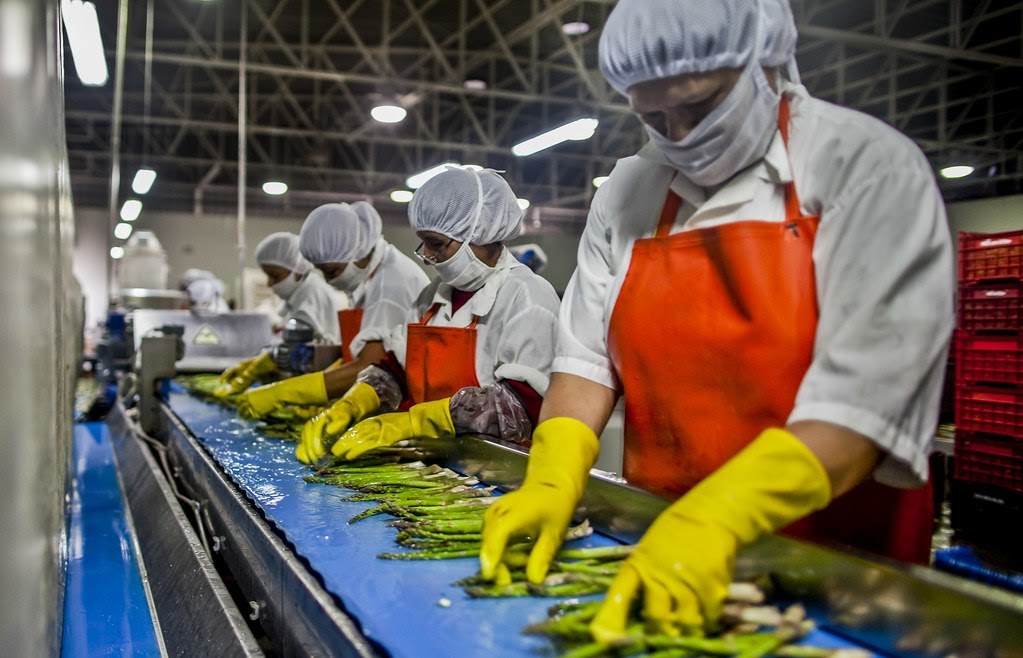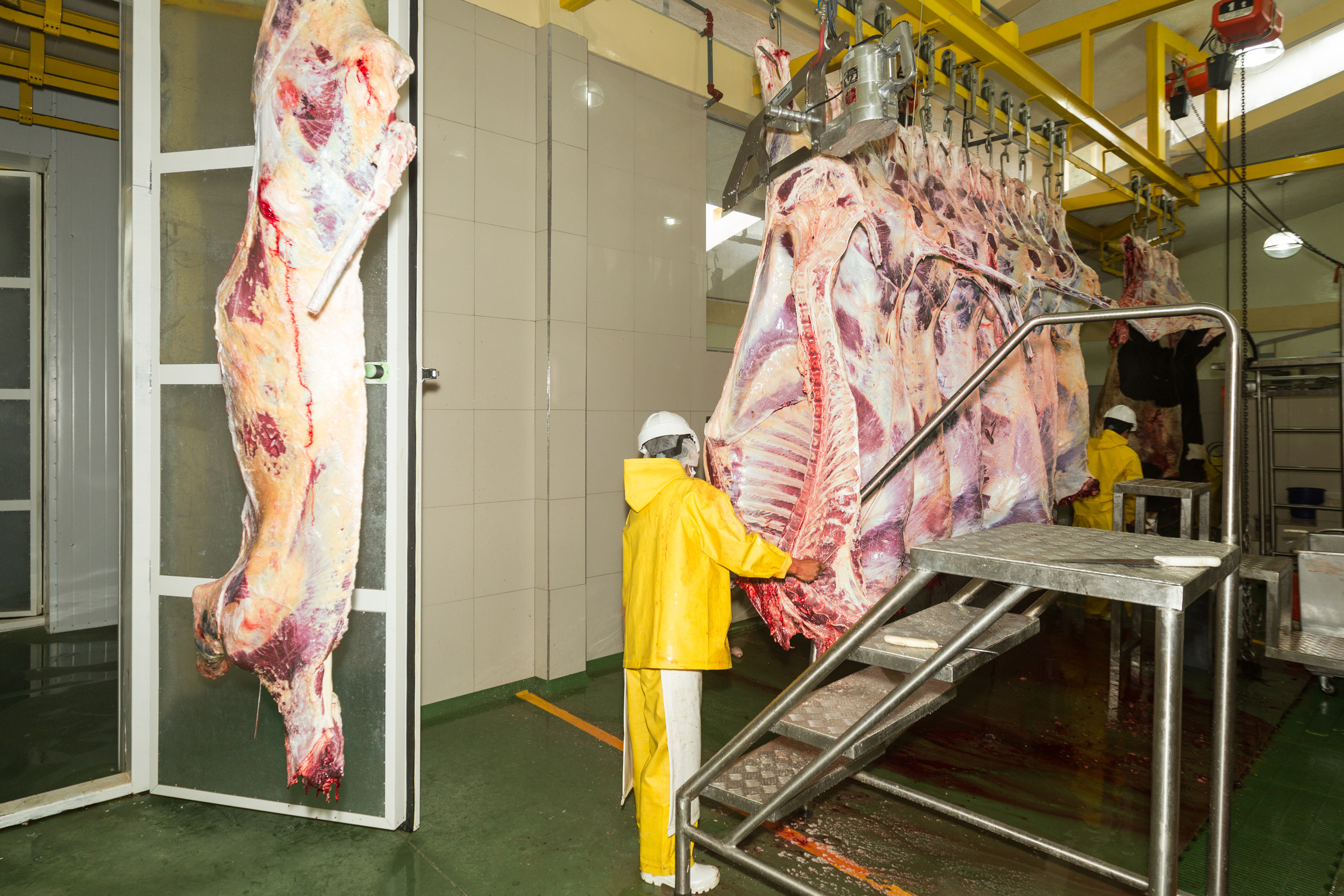Food processing is an essential industry, and that is also one of the most competitive industries in the market. The processes that many facilities go through to create a final product can be lengthy and time-consuming. No matter how long the company has been around, its success is determined by many different factors, including their food processing efficiency.
Increasing your efficiency isn't difficult. Here are five tips to implement in your facility to make it more efficient and, hopefully, more successful:
1. Make a Move to Energy Efficiency
The biggest issue with food processing plants is the amount of energy they require to run. There are lights, heating, cooling, various pieces of equipment, and so much more that require large amounts of energy. As a result, facilities also spend a great deal of money to keep everything running–money that could be better spent on buying quality ingredients, paying staff, and developing new products.
Therefore, one way to increase your food manufacturing efficiency is to make the switch to energy efficiency. Making the switch refers to changing your facility's setup to utilize energy-efficient LED lighting, Energy Star-rated appliances and equipment, and other related changes that can help reduce your facility's energy consumption.
Making the switch to an energy-efficient setup can help to reduce your facility's energy consumption and related costs significantly. It will also significantly reduce the level of greenhouse gas emissions created, making it more environmentally friendly, which is not only good for the environment but good for your image as a company overall.
2. Create a Routine Maintenance Plan
There is much that goes into keeping a food processing plant running. When one of those components, like a piece of equipment, becomes broken or damaged, it can slow down and even halt work within the facility. The longer those problems are allowed to exist, the more the company will suffer time and money loss.
For that reason, one key feature of food processing efficiency is having a detailed maintenance plan in place. A maintenance plan will provide the specific guidelines on how to check equipment, how often things should be inspected, and how to clean and sanitize all parts of the facility properly.
A maintenance plan is essential for a facility to properly function at an optimal level. With the right plan in place, a plant can run more efficiently and with fewer setbacks.
3. Rethink Your Facility Layout
Food processing plants have a very specific set of steps they must follow to reach a finished product. For food manufacturing efficiency, it is critical to ensure that your facility's layout facilitates an efficient process. So, having the facility layout designed with the processes in mind–like going from raw materials to the final product–is ideal.
Not only does a setup like this ensure that the process goes more smoothly and efficiently, but it also ensures that workers do not miss steps in the process. Beyond that, a more efficient layout will also prevent contamination from occurring.
4. Install a Better Drain System
Having the right drainage system in place is an essential part of ensuring efficiency. The Slot Drain System is a newer style of trench drain system that installs easily because it comes pre-assembled and pre-sloped.
It features a non-porous, food-grade stainless steel construction, making it corrosion and bacteria-resistant. The durability of stainless steel also means that Slot Drain is resistant to extreme temperatures, both hot and cold. It is also extremely strong, capable of withstanding up to Load Class F weight, meaning it can easily support the weight of processing plant equipment.
What really makes Slot Drain stand out from other drain systems is that it does not require grates, which can be a safety hazard due to how heavy (and fragile) they tend to be. Instead, the Slot Drain channel opening is anywhere from .5-inch to 1.25-inches wide, but you can rest assured that the small opening doesn't affect the system's flow rate, which ranges from 11 GPM for the .5-inch models to 27 GPM for 1.25-inch models. Combined with the easy maintenance, Slot Drain is a great option for food processing plants.
5. Do More Quality Control
The best thing any food processing plant can do for the good of their facility is to improve on and increase quality control measures. When companies are pushing to create products and get them to consumers quickly, mistakes are easy to make, but when it comes to food products, mistakes are not something to take lightly–products are getting recalled more and more often due to contamination issues that could have been avoided with the right quality control measures.
It is critical that you, as a food processing plant manager, take the time to set up strict quality control. Raw materials should be tested and examined before they are ever used, and each step in manufacturing should be closely monitored. Metal detectors and x-ray machines can help identify foreign objects, and properly trained employees can spot problems and deal with them accordingly. Training can also ensure that all employees know how to handle and store products and ingredients to prevent contamination.
Efficiency is the key to success in many things, and food processing facilities are no different. While nothing will lessen the pressure to compete with newer brands and products, there are many things that processing plants can do to be better. Increasing your food manufacturing efficiency with these five tips can make a significant difference in your facility, not just in your production, but in your cost (and your success) as well.
For more information on how to increase efficiency in your food manufacturing plant, contact FoodSafe Drains today!


